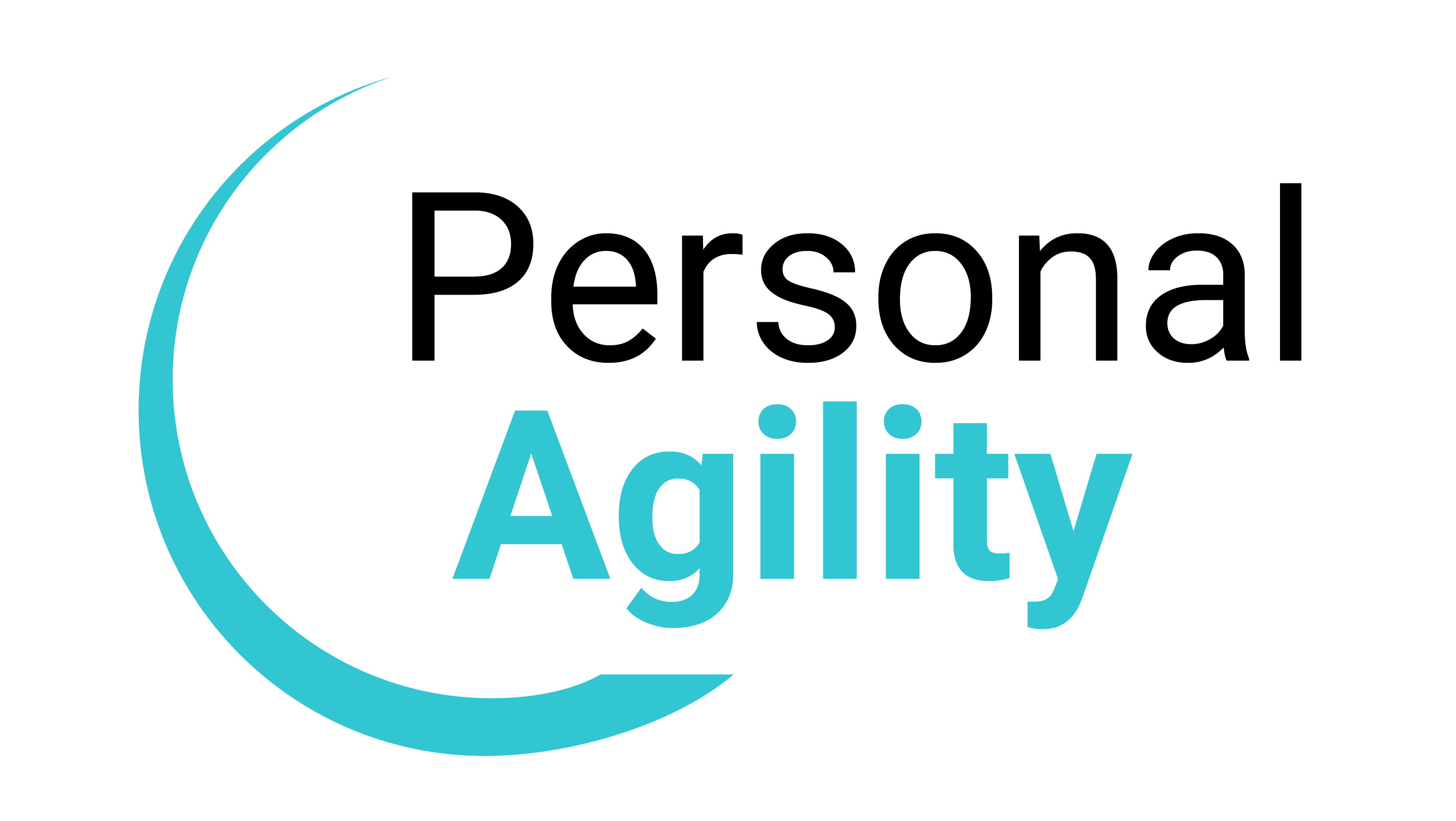“I needed to change basic things fast to save the company.”
— Walter Stulzer
Walter Stulzer is the executive director of Futureworks, a creative consultancy in Zurich, Switzerland. In 2017, his company was no longer profitable. “We had liquidity problems, that is we were close to having no money in the bank account. We were about to run into a wall. Without changing things rapidly, bankruptcy was inevitable. I needed to change basic things fast to save the company.”

“The timeframe I gave the team was a year, but we needed to make the turnaround in 6 months. Our Vision was that we are a company focused on bringing value to our customers. People should know why they come to work every morning. Everything they do should produce value for the customer. Obviously, we also wanted to be profitable again, but profitability is a result, an outcome, not the goal of what we do.”
“We did not go bankrupt. People now know why they come to work, we produce value for our customers, and we are profitable. We did have a loss in the first year, but it was a loss that we could afford, and the following year, we were profitable. I considered profitability to be my challenge, not the company’s. I kept the bad news to myself, so people could focus on the right things and not act like ‘a deer in front of the headlights.’
“People know why they come to work every morning. We had lost 41 people in two years and had hired as many. Since then, we have had 2 exits per year, and even these were ‘good’ separations. No one is talking badly about the company.”
In the second year, we were able to fix the problem of delivering value. Previously, we thought we knew what the customer valued, but the customer didn’t always agree. We were able to address this in the second year.
“Without Personal Agility, I wouldn’t have done this.”
— Walter Stulzer
“We had half a year to avoid bankruptcy. The first year was for people to feel secure that they bring value to the customer. The second year was about bringing actual value to the customer, which improved our profitability.”
The Personal Agility tools that Walter used included the 6 Questions of PAS, the concept of What Really Matters (WRM), the PAS Priorities Map and Breadcrumb Trail, and the PAS Stakeholder Canvas. His company also used Scrum to organize and coordinate the work of the leadership team.
The Personal Agility System helps to prioritize and focus. Walter explains, “In a challenging situation, there are so many things you could do. The trick is to do the right thing, but you don’t know in the forefront what the right thing is. So the system helped me make educated guesses about what to do next. Then you do something, you probe and sense to see what happened. The next step is to learn, that is to inspect and adapt. Even if what you did was the wrong thing, you can learn quickly, and the damage from one misstep step is limited. So you have the possibility to reorder, re-prioritize and make a better guess next time.”
For Walter, the most important thing is to “finish every week with satisfaction and to start each week with confidence. This is number one on my What Really Matters column on my Priorities Map.”
Furthermore, Walter’s company uses the Stakeholder Canvas to understand their customers. “We used this as an analysis tool rather than an interview template. This helped me and my team understand what motivates our customers.”
